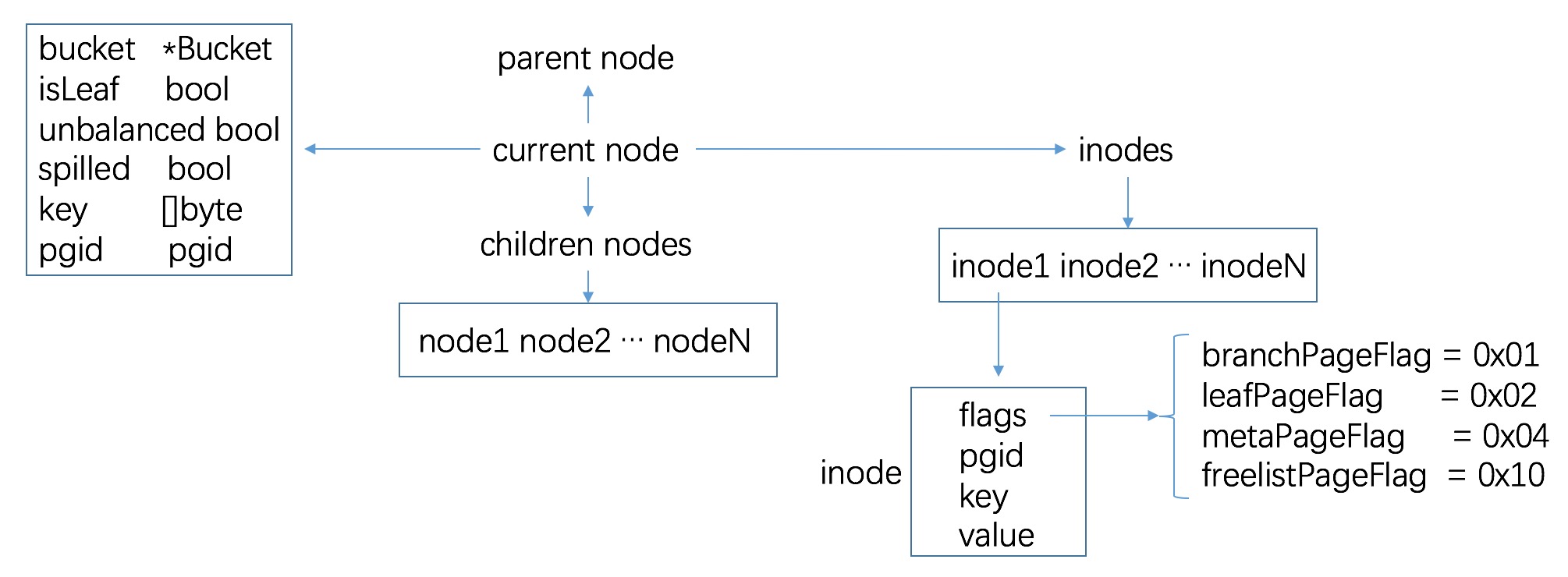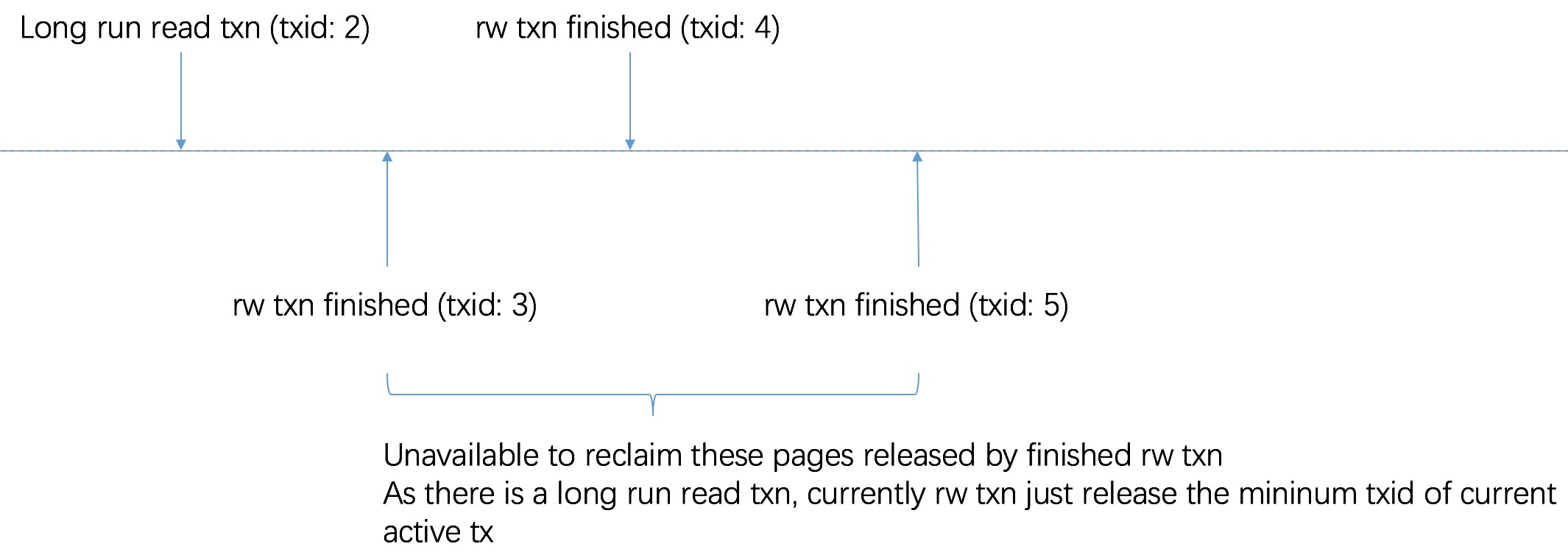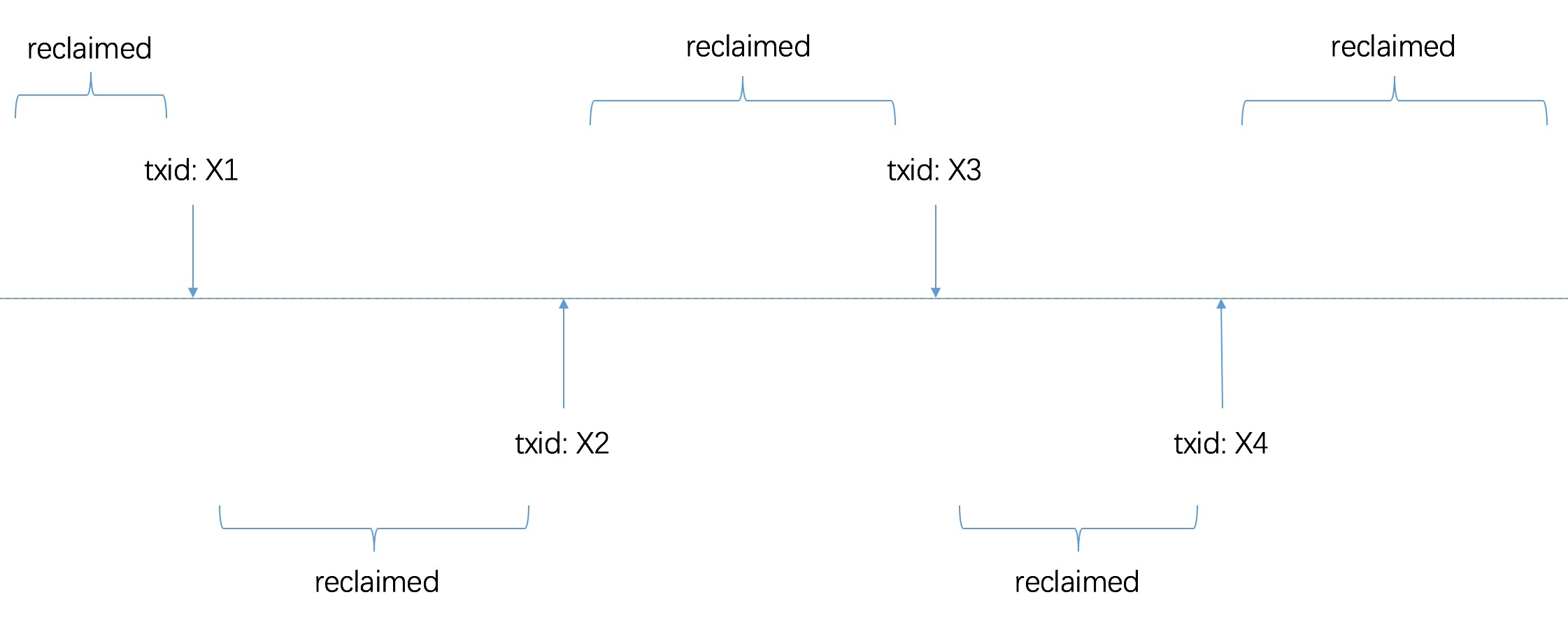Job 与 CronJob
k8s 1.7 闲暇记录
CronJob 一直到 1.8 才开启,1.7 以下的集群需在 apiserver 的启动参数中增加变量,显示开启特定的 api 版本
k8s 中的 job 一般说来需要业务自身做到幂等,或者即使会被重复执行而不影响功能
Job
Job 相比于 StatefulSet / Deployment 的特殊字段
- .spec.restartPolicy: 仅支持 OnFailed / Never,两种方式控制范围不同,前者当 Pod 容器失败退出时,重启容器,后者当 Pod 容器失败退出时,新建 Pod,会导致 Pod 中的所有容器重启
- .spec.completions: 完成数,即在 completion 个 pod 执行成功后,认为 Job 完成
- .spec.parallelism: 并发数,即允许同时执行的 pod 数
- .spec.activeDeadlineSeconds: Job 执行时间的上限,若超过上限时间仍未完成则 Job 状态变为 DeadlineExceeded,不会再有新的 Pod 被创建,并且已存在的 Pod 将会被删除
通过 completions 和 parallelism 的组合设置,可以达到如下几种 Job 的执行效果
- 一次性任务
completions =1 && parallelism = 1
- 固定结束次数任务
completions > 1 && parallelism = 1
- 并行任务
completions = 1 && parallelism > 1
- 自定义任务
completions >=1 && parallelism >=1
Job 的接口
1 | /apis/batch/v1/namespaces/{namespace}/jobs |
Job example yaml
1 | apiVersion: batch/v1 |
CronJob
顾名思义,定时任务,支持类似 linux cron 的定时策略,定时调度 Job,可以这么理解 CronJob 控制 Job,而 Job 控制 Pod,Pod 完成具体的业务逻辑
CronJob 的特殊字段
- .spec.schedule: core of cronjob and it is like one line of a crontab (cron table) file,即定时策略配置,例如 */1 * * * *,每分钟调度一次 Job 执行
- .spec.startingDeadlineSeconds: 调度 Job 最大开始时间,如果错过任务执行,错过的工作执行将被视为是失败的任务
- .spec.concurrencyPolicy: Allow/Forbid/Replace,即允许并行执行任务,Forbid 不允许并行执行任务,Replace 取消当前执行的任务,并新建一个任务取代它;考虑任务执行时间较长,而定时间隔较短的情况下,该字段的意义明显
- .spec.suspend: 暂停调度任务,不影响已调度的任务
- .spec.successfulJobsHistoryLimit: 保留成功执行的任务记录数
- .spec.failedJobsHistoryLimit: 保留执行失败的任务记录数
注意 CronJob 在 1.7 中仍然为 Alpha 版本,接口为
1 | /apis/batch/v2alpha1/namespaces/{namespace}/cronjobs |
CronJob example yaml
1 | apiVersion: batch/v2alpha1 |
由 CronJob 创建的 Job,在 Job 的 metadata 字段的 ObjectReference 有所体现,会写明是由 cronJob controller 控制
Overview
查看了 job/cronjob 的功能后,我们发现 job 适合用来执行一些初始化 / 统计数据 / 备份 / 清理工作,即那些不需要一直运行的工作,需要长期运行的工作,当然还是 Deployment/StatefulSet 更合适了



